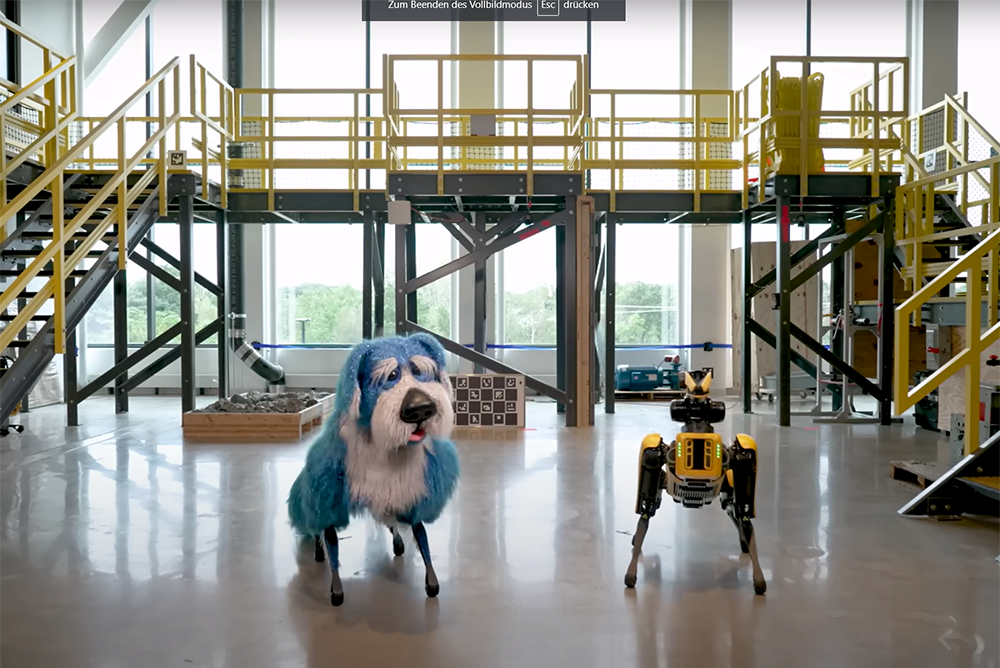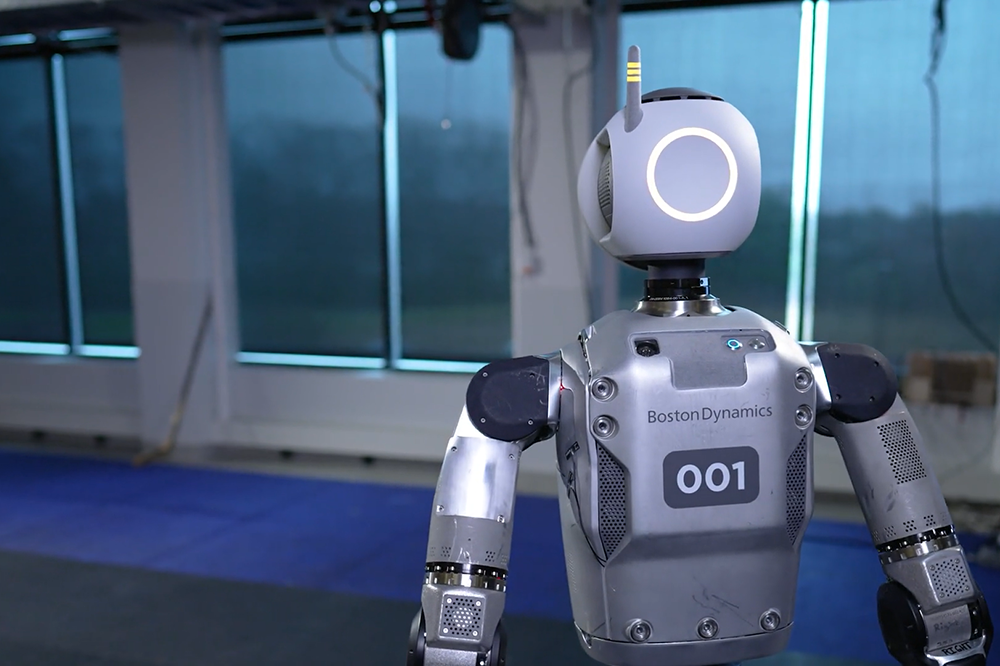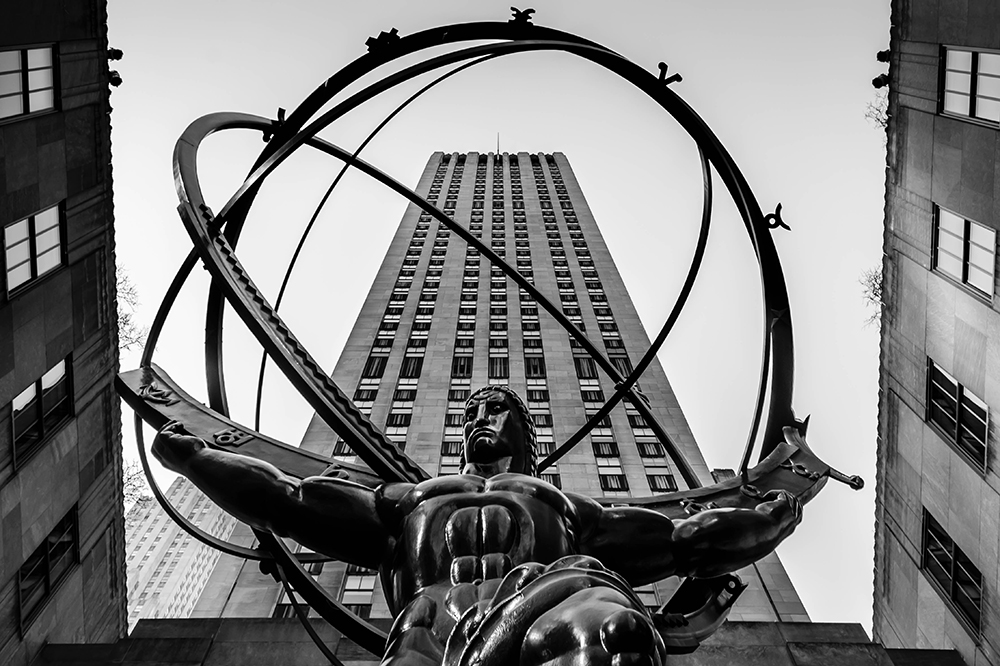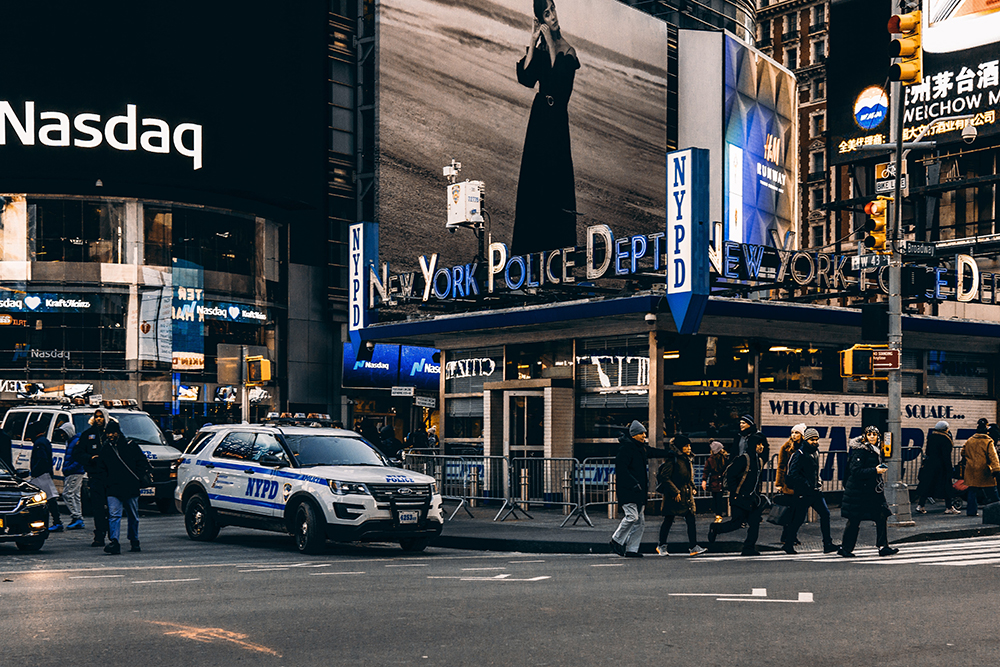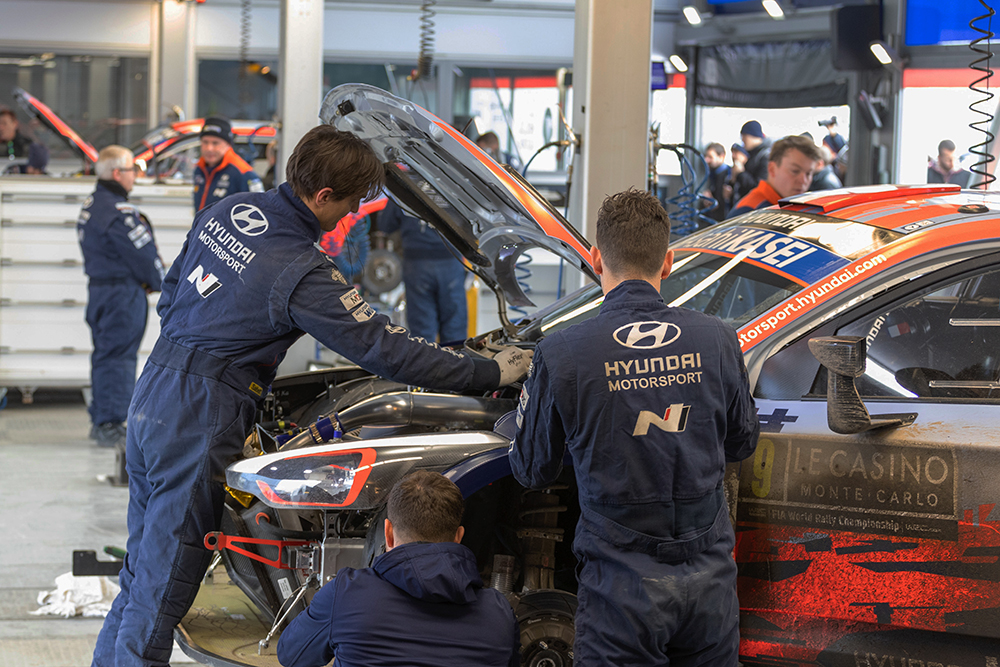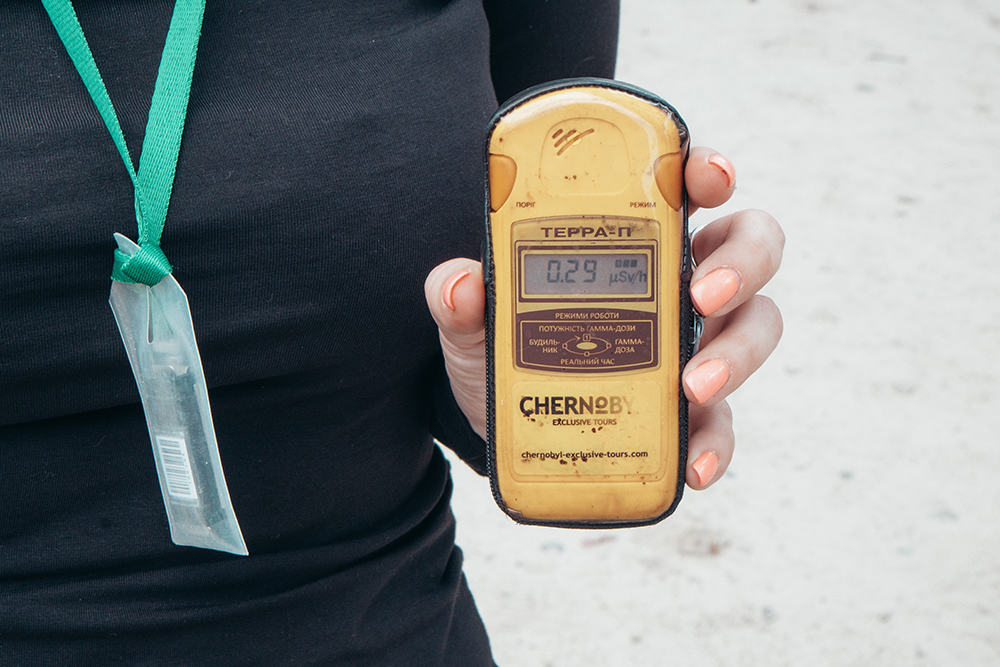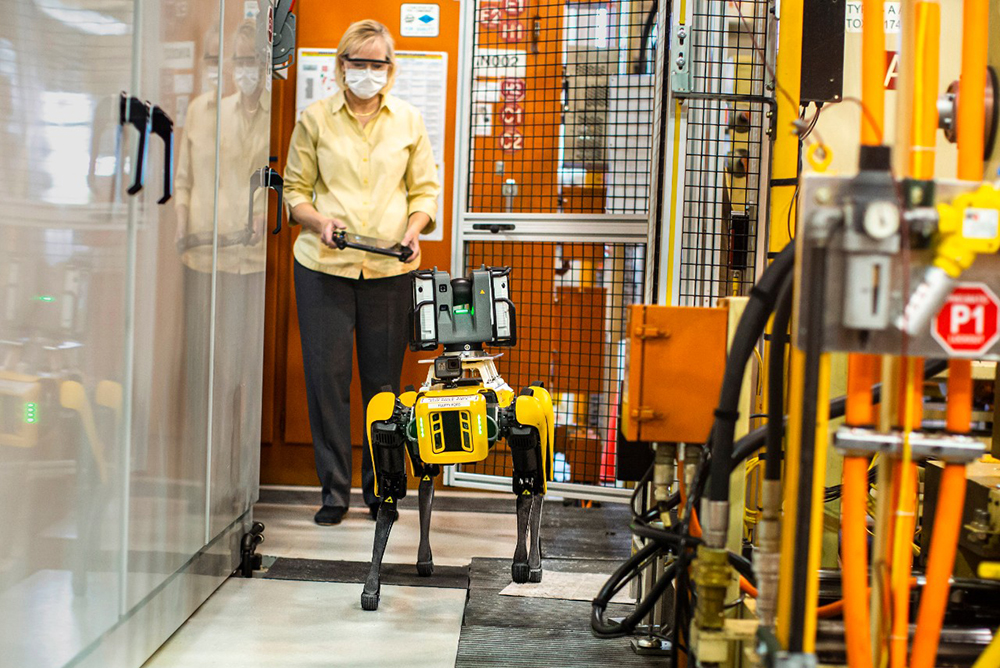Prof. Dr. Oliver Bendel introduced the term “robot enhancement” in 2020 and has since used it in several articles and book chapters. Robot enhancement is the extension and associated modification or improvement of the robot by the user or a company, for example in functional, aesthetic, ethical or economic terms. The word was coined in reference to “human enhancement” and “animal enhancement”, and can be used to describe both the field of work and the object. One form of robot enhancement is social robot enhancement, in which a social robot is enhanced or modified and improved. An impressive example of robot enhancement is shown in a video by Boston Dynamics. A “naked” spot and a spot with a dog costume dance together in the hall where Atlas used to be seen again and again. Such robot enhancement should not necessarily be imitated by the user. There are some robots that cannot stand the costume and will heat up – to the point of becoming defective (Photo: YouTube/Boston Dynamics).
An Electric New Era for Atlas
In recent years, a large number of quadruped and bipedal robots have been created. Many of them were inspired by Spot and Atlas from Boston Dynamics. These, in turn, can be traced back to Sparko and Elektro, which became famous around 1940. Atlas paved the way for the so-called general-purpose or universal robots that are now conquering the market, from H1 to Figure 01. They are not yet truly universal, but they are getting there. In these dynamic and productive times, the company, which is part of the Hyundai Motor Group, announces the end of the hydraulic version of the humanoid robot. A post on LinkedIn from April 17, 2024 states: “Atlas has sparked our imagination, inspired new roboticists, and leapt over technical barriers. Now it’s time for our hydraulic Atlas robot to kick back and relax. Take a look at everything we’ve accomplished with the Atlas platform to date.” (Boston Dynamics, 17 April 2024) At the end of the video it says: “‘Til we meet again, Atlas.” This immediately raised hopes of a successor. In fact, Boston Dynamics presented an electric, extremely mobile version on its blog just a few hours later. The title of the article is: “An Electric New Era for Atlas” (Image: Boston Dynamics).
Atlas Finally has Hands
“Boston Dynamics just released the latest demo of its humanoid robot, Atlas. The robot could already run and jump over complex terrain thanks to its feet. Now, the robot has hands, per se. These rudimentary grippers give the robot new life. Suddenly, instead of being an agile pack mule, the Atlas becomes something closer to a human, with the ability to pick up and drop off anything it can grab independently.” (TechCrunch, January 18, 2023) This was reported by TechCrunch on January 18, 2023. Hands are actually very important for Atlas. The humanoid robot could now pick up or move heavy objects on a construction site. But it could also take care of trapped or injured animals in a nature park, freeing them or providing them with food and water. Such visions have been described by robot ethicist and machine ethicist Oliver Bendel for some time. A video released on January 18, 2023 shows the grippers picking up construction lumber and a nylon tool bag. “Next, the Atlas picks up a 2×8 and places it between two boxes to form a bridge. The Atlas then picks up a bag of tools and dashes over the bridge and through construction scaffolding. But the tool bag needs to go to the second level of the structure – something Atlas apparently realized and quickly throws the bag a considerable distance.” (TechCrunch, January 18, 2023) At the end of the video, Atlas does a somersault and then extends its hand – its brand new hand – triumphantly.
A Four-legged Robocop
In New York City, police have taken a Boston Dynamics robot on a mission to an apartment building. Spot is a four-legged model that is advanced and looks scary to many people. The operation resulted in the arrest of an armed man. Apparently, the robot had no active role in this. This is reported by Futurism magazine in a recent article. It is also noted there that certain challenges may arise. “The robodog may not have played an active role in the arrest, but having an armed police squadron deploy a robot to an active crime scene raises red flags about civil liberties and the future of policing.” (Futurism, 15 April 2021) Even Boston Dynamics robots are not so advanced that they can play a central role in police operations. They can, however, serve to intimidate. Whether the NYPD is doing itself any favors by doing so can be questioned. The robots’ reputation will certainly not benefit from this kind of use.
Hyundai Now Creates Tigers
Hyundai Motor Group has revealed a robot named TIGER, which stands for Transforming Intelligent Ground Excursion Robot. According to the company, it’s the second Ultimate Mobility Vehicle (UMV) and the first designed to be uncrewed. “TIGER’s exceptional capabilities are designed to function as a mobile scientific exploration platform in extreme, remote locations. Based on a modular platform architecture, its features include a sophisticated leg and wheel locomotion system, 360-degree directional control, and a range of sensors for remote observation. It is also intended to connect to unmanned aerial vehicles (UAVs), which can fully charge and deliver TIGER to inaccessible locations.” (Media Release, 10 February 2021) A video can be viewed here. With TIGER, the company has developed a very interesting proof of concept. The combination of legs and wheels in particular could prove to be the solution of the future.
Spot in Chernobyl
Boston Dynamics is known for several two- and four-legged robots. Videos often show spectacular movements and stunts. Surely the scenes have to be shot often to be as impressive as possible. The robot Spot has recently been given some new features. Several media report that it was used in Chernobyl. “A team of engineers from the University of Bristol visited the Chernobyl Nuclear Plant last week to test out Spot, a four-legged robodog made by US-based robotics company Boston Dynamics … Spot is capable of making inspection rounds all by itself and can navigate hostile environments such as the highly radioactive site of the former nuclear power plant. Spot went for a walk around the surrounding areas and into the New Safe Confinement structure, a massive moveable dome of steel meant to keep in dangerous radiation from the plant’s number 4 reactor unit, which was destroyed during the 1986 disaster. The robot’s main task was to survey levels of radiation in the area, creating a three-dimensional map of the distribution.” (Website Futurism, 26 October 2020) Spot and Co. stand in the probably oldest tradition of robotics: They take over tasks that are too dangerous or too strenuous for humans.
Four-Legged Robots to Scout Factories
Ford experiments with four-legged robots, to scout factories. The aim is to save time and money. The Ford Media Center presented the procedure on 26 July 2020 as follows: “Ford is tapping four-legged robots at its Van Dyke Transmission Plant in early August to laser scan the plant, helping engineers update the original computer-aided design which is used when we are getting ready to retool our plants. These robots can be deployed into tough-to-reach areas within the plant to scan the area with laser scanners and high-definition cameras, collecting data used to retool plants, saving Ford engineers time and money. Ford is leasing two robots, nicknamed Fluffy and Spot, from Boston Dynamics – a company known for building sophisticated mobile robots.” (Website Ford Media Center) Typically, service robots (e.g., transport robots like Relay) scan buildings to create 2D or 3D models that help them navigate through the rooms. Shuttles use lidar systems to create live 3D models of the environment, to detect obstacles. The robots from Boston Dynamics are also mobile, and that is their great advantage (photo: Ford). Nothing can escape them, nothing can hide from them. Probably the benefit can be increased by including cameras in the building, i.e. using robot2x communication.
